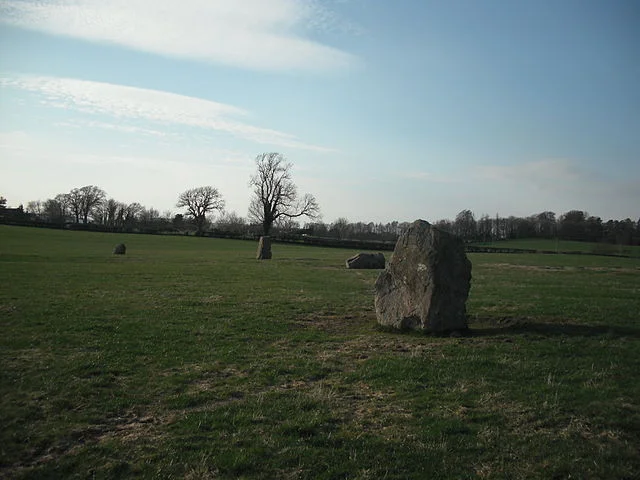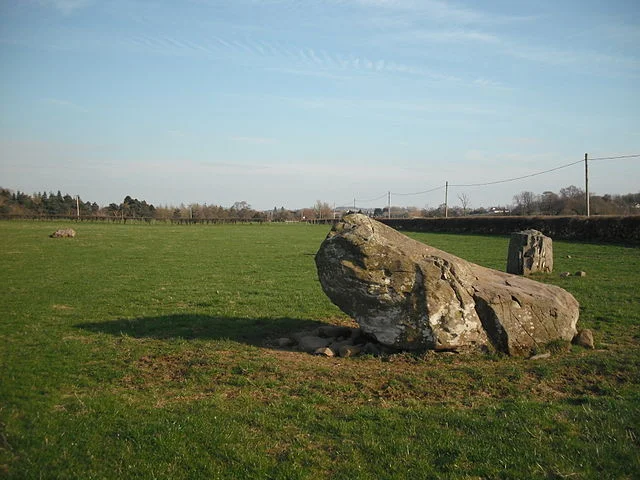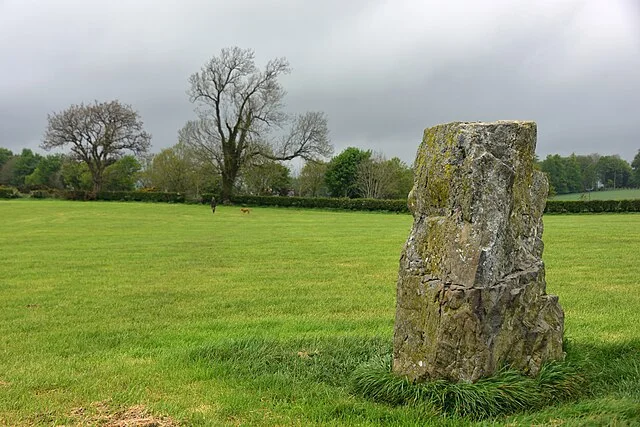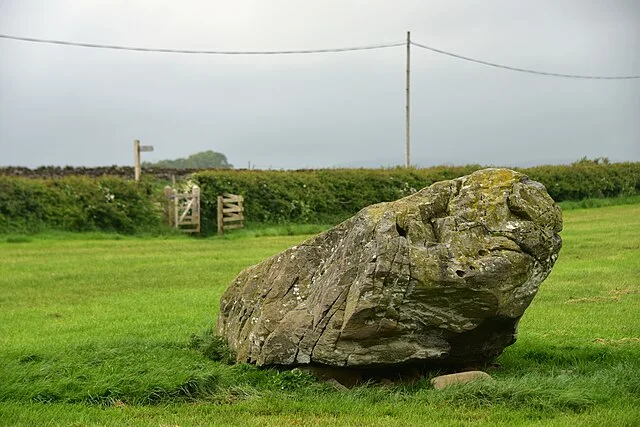The Twelve Apostles stone circle is an ancient monument located near Dumfries, Scotland. It is the largest stone circle in mainland Scotland and one of the largest in the British Isles, with a diameter of about 90 meters (295 feet). The circle was constructed during the Late Neolithic or early Bronze Age, around 3000 to 2000 BC. Its name, “Twelve Apostles,” reflects the fact that twelve stones remain standing today, although it is believed there were originally more.
Get your dose of History via Email
Structure and Layout

The Twelve Apostles stone circle originally consisted of more than twelve stones. Archaeological surveys suggest the circle once had 18 to 20 stones. Today, only twelve stones remain standing, most of which are small and have been moved over time. The stones are irregularly shaped and differ in size, with the tallest stone reaching about 1.8 meters (6 feet). The large circle, unusually flat for such monuments, has no visible central features like a cairn or burial site.
Archaeological Studies

The site has been the subject of limited excavation, with most studies focusing on its general structure and alignment. Some scholars suggest that the circle may have had astronomical significance, particularly in relation to the lunar cycle. However, there is no consensus on this theory. The monument has not yielded significant artifacts or burials, unlike other stone circles such as Stonehenge. This has led archaeologists to believe the site was primarily used for ceremonial or communal purposes.
Historical Context

The construction of the Twelve Apostles stone circle fits within a broader tradition of stone circle building across Britain and Ireland during the Neolithic and Bronze Ages. These monuments often served as focal points for community gatherings, rituals, or astronomical observations. The large size of the circle suggests that the site was important to the local population. It is unclear if the Twelve Apostles stone circle had any connection to nearby sites, such as the stone circles in Cumbria or the henges of Northumberland.
Preservation and Modern Use

Over the centuries, the stones of the Twelve Apostles have been subject to erosion, agricultural activity, and human interference. Despite this, the site has remained relatively well-preserved compared to other stone circles. It is currently a protected monument under Historic Environment Scotland. Today, the circle attracts both tourists and those with an interest in Neolithic monuments. Local legends and folklore have also added to its cultural significance.
Conclusion
The Twelve Apostles stone circle stands as a remarkable example of prehistoric monument construction in Scotland. Its large size, unknown original number of stones, and potential ceremonial role offer insights into the social and ritual practices of Neolithic communities. While its exact purpose remains unclear, its enduring presence highlights the importance of such structures in ancient societies. Further archaeological research may help uncover more about the site’s original function and significance.
Source:

